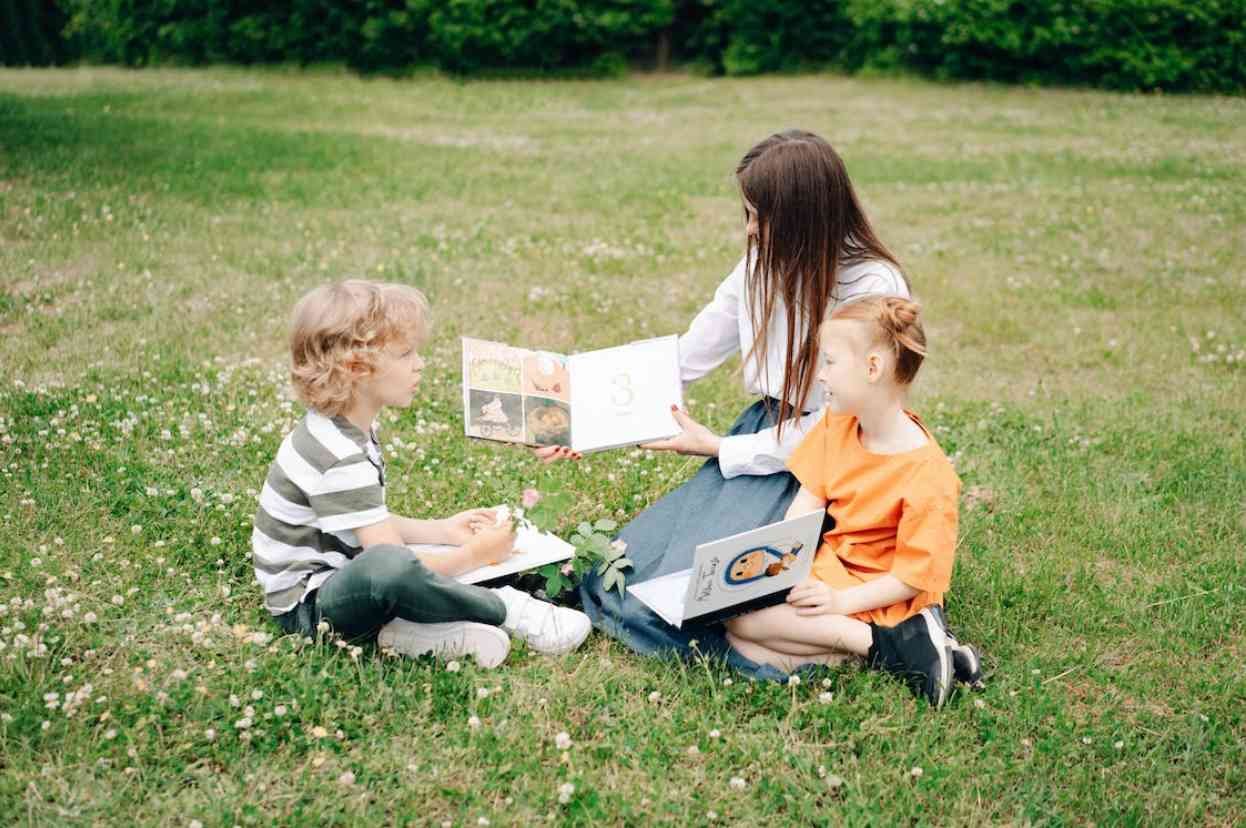We all want our children to understand the world around them, including the incredible variety of animal habitats in which they live. Teaching your kids about different animal habitats is educational and important for instilling a sense of respect and admiration for wildlife and nature. It can be difficult to know where to start on this topic, however, so here are some top helpful tips to get you going.
Teach your kids about their local environment first
Teaching your children about their local environment first is one of the top helpful tips for teaching them about animal habitats because it helps to foster appreciation and understanding of their natural surroundings. It’s a great way to introduce the concept of ecology – how plants, animals, and other living things interact with each other in an ecosystem – and encourages respect for nature. By learning more about their local landscape, your kids can become aware of what species live where, how they coexist, and the importance of preserving various habitats.
Moreover, by learning more about their local environment and ecosystems, your child can better understand how humans impact the planet through activities such as agriculture or urbanization. They are also made aware of the environmental problems around us. This knowledge will empower them to make better decisions and help them appreciate the importance of conservation and sustainability.
Finally, exploring the local environment with your kids provides an opportunity to have fun and bond as a family. Going for hikes in the woods or visiting nearby parks can be educational and entertaining activities you can enjoy together! All these activities will help your children become more aware of their natural surroundings and appreciate wildlife habitats even more.
Show them video lessons about animal habitats
Video lessons about animal habitats are a great way to introduce your children to the wide variety of habitats that exist in nature. By learning about animals in their natural environments, your children will be able to gain an appreciation for the fragile ecosystems that support life on our planet. Not only will this help them understand and connect with nature, but it can also provide valuable insights into how human activity impacts wildlife and the environment.
With video lessons, you can easily show your kids different examples of animal habitats from around the globe. This helps bring the lesson alive for them and keep them engaged as they learn about various species of animals and their unique adaptations to their respective environments. Additionally, lessons about animal habitats for kids with Generation Genius and online video resources provide more detailed information about ecosystems, habitats, and the creatures that inhabit them. When choosing a video lesson resource for your children, ensure that the curriculum combines engaging video lessons with interactive activities to provide a comprehensive learning experience.
This helps bring home the importance of preserving wildlife and protecting their natural habitats, making it helpful in teaching your children to value their environment.
Explore a variety of habitats
Exploring a variety of habitats is an essential part of teaching your children about animal habitats, as it allows them to experience and understand the unique characteristics of each environment. Move beyond just looking at plants and animals in your local area; explore other animal habitats too! Take a trip to a zoo or aquarium – here, you’ll find information panels and displays about different animals and their habitats. By exploring different habitats, children can learn how animals adapt to their surroundings and why certain species have evolved to thrive in some places but not others. This knowledge helps build an appreciation for the diversity of life on Earth and encourages stewardship of our planet’s delicate ecosystems.
In addition, exploring a variety of habitats provides children with a first-hand look at many fascinating creatures they may never encounter otherwise. From soaring birds to crawling insects, children can observe these animals in their natural settings and learn more about their behaviors and adaptations. Exploring different habitats can also help children understand the interconnectedness of all living things and the importance of preserving these habitats for generations to come.
Create crafts related to animal habitats
Crafting can be a great way to teach children about animal habitats. Making crafts related to the topic at hand allows for hands-on learning, encourages creativity and problem-solving, and allows kids to explore their interests fun and engagingly. Crafting activities related to animal habitats help kids learn about the natural world by sparking imagination and curiosity.
Crafts can also help get kids excited about exploring different types of environments. For example, if they create an underwater craft, they may become even more interested in researching what animals live there! Additionally, crafting activities allow kids to expand on their knowledge through experimentation – figuring out how best to create the desired object or which pieces work together when building something such as a habitat diorama.
At the end of the activity, kids will not only have a fun and visually appealing craft to show off but they’ll also have learned something new about animal habitats. Crafting activities are an engaging way for children to learn about animals and their natural environments, making it an excellent option for teaching them about animal habitats!
Encourage your kids to explore
Exploration is a key part of learning. One of the best tips you can give your kids about animal habitats is to encourage exploration. Kids should be encouraged to explore and learn as much as possible about the world around them. This helps foster their natural curiosity and encourages critical thinking skills.
When exploring, take your kids outside to observe animals in their natural habitats. Letting them observe how different species live and interact with each other will help them understand how unique each habitat is and how important it is that these places are protected. Additionally, when outdoors, be sure to point out all the details; what plants are growing where, which animals migrate where and why, and how the environment has changed over time.
Exploration also provides an opportunity to engage in hands-on activities that can help reinforce lessons about animals’ habitats. For example, kids can construct their own ant farm or do a scavenger hunt to find specific items in the environment. They could also visit a zoo or animal sanctuary to learn more about how different habitats are created and maintained.

Teaching your children about animal habitats can be an enriching and rewarding activity for both you and your family. By following these tips you will be able to impart important knowledge about the natural world and help your kids to explore and appreciate it even more.
Read more:
VC Black Valleypardeswired, Black Founders and the Funding Gap by VCs in Silicon Valley – A Report Summary by Arielle Pardes

